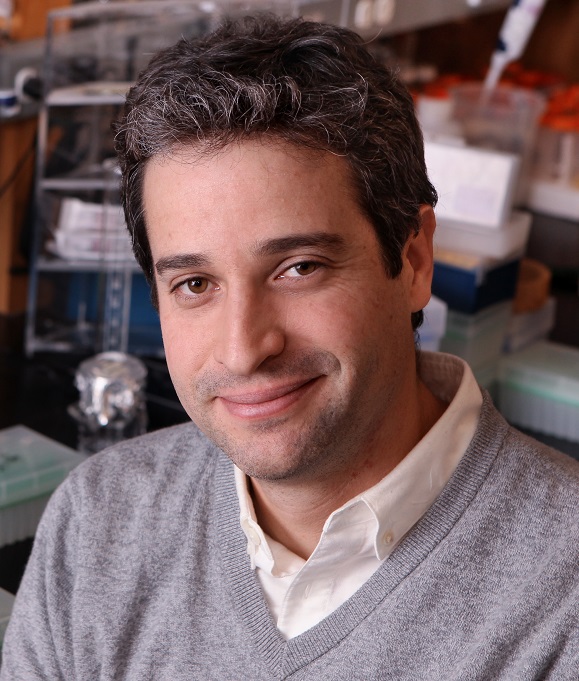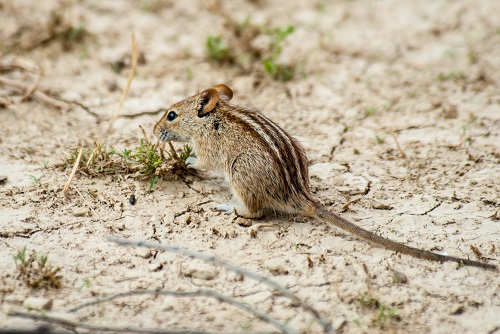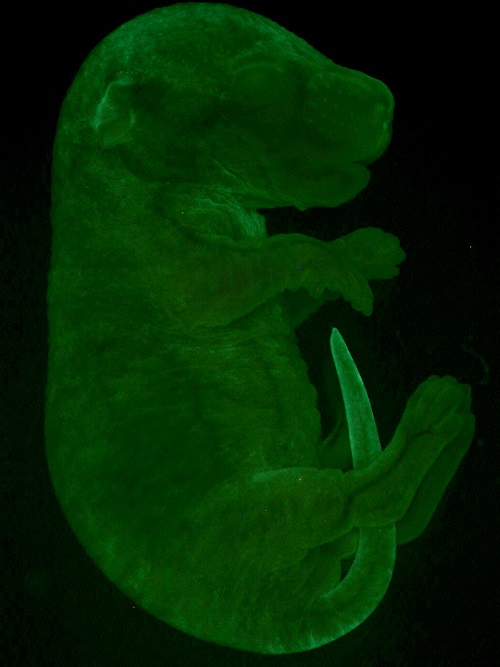About the department:
I am an Assistant Professor in the Department of Molecular Biology at Princeton University. Princeton is a great place for starting a lab because the environment is very collegial and there are amazing people around. In addition, the campus is very compact, which creates lots of opportunities for interactions and interdisciplinary collaborations with people from other departments. My office and lab are located next to the Ecology and Evolutionary Biology building, which is key for me because my research is at the interphase between developmental biology and evolutionary biology.
About the research:
In my lab, we focus on uncovering the genetic and developmental mechanisms regulating form and structure during vertebrate development. We are particularly interested in understanding how developmental programs are modified during evolutionary time to produce the spectacular phenotypic diversity seen in nature. We combine the study of emerging model organisms, because of their diverse, naturally occurring, and ecologically relevant phenotypes, with traditional model species, because of the powerful molecular and genetic tools available, to explore questions relating to patterning and the evolution of novelty in the mammalian skin. We use a variety of approaches, including experimental embryology, transcriptomics, and comparative genomics to uncover gene function and understand mechanisms of evolutionary change.
How have you prepared to be a PI?
Other than making sure I have an exciting set of questions and projects to get the lab started, I have gotten advice from a lot of people. I am lucky to know many people that run successful labs, where people are productive and happy, so I have made a big effort to talk to them about their experience. I usually ask them about the things that worked and, more importantly, about those that didn’t. There is no universal recipe, so I like to get many different points of view and then decide what is best for me. In addition to this, I took the EMBO lab management course and found it quite useful.
Are you recruiting? If so, how do you/ will you choose new lab members?
Yes! I look for people that are naturally driven, motivated, and excited about science because I think those skills are a bit hard to teach. Since our work is interdisciplinary, I am interested in bringing together people with complementary backgrounds and skills so that we all benefit and learn from each other. For example, one of my postdocs is an amazing computational biologist who wants to learn experimental embryology whereas another one is a superb developmental biologist who wants to learn genomic approaches. Although their projects are very different, they are working together and helping each other.
Do you remember your first publication in Evolution or Evolution Letters (acceptance or rejection)?
I published my first Evolution paper in 2005! I was a research assistant at the Smithsonian Tropical Research Institute (STRI) before starting grad school and I was lucky enough to work with Chris Jiggins on Ithomiine butterflies. It was one of the best experiences of my life and what made me decide to pursue a PhD in biology.
Do you teach evolution?
I will begin co-teaching an introductory undergraduate class for non-science majors, and my lectures will cover a lot of the key concepts in evolutionary biology. I see it as a huge (and fun) responsibility because this is the only science class some of these students will ever take at Princeton, so I have to make sure they are well-informed and have a good understanding of the most relevant concepts. After all, some of these students may go on to become lawyers, politicians, and policy makers and will likely end up making decisions that affect all of us. One of the most exciting aspects of this is that I am co-teaching the class with Eric Wieschaus and Bonnie Bassler, two of my scientific heroes, so I am looking forward to learning from them!
What one piece of advice would you give to a starting graduate student?
The same advice that I got before I started my PhD: pick a project that you like so much that, when everything is failing (e.g., you are stuck on a lab technique that doesn’t work, you realized you had the wrong plasmid sent and you lost months, your negative control behaves like your experimental sample, etc.), you still want to get into the lab and figure out what is happening because you are really excited about the answer (this also goes for postdocs).
What one piece of advice would you give to a postdoc?
Be creative and work as hard as you can to carve your own path, but take breaks and have a life outside the lab (this also goes for grad students). Also, find a supportive mentor – it will make a huge difference.
What is something most people don’t know about you?
I wanted to be a professional tennis player and was involved a very rigorous training regime until I was about 14. At that point, I realized I wasn’t as good as the top players from my generation, so I decided to stay in school and focus on science.
What do you enjoy doing in your free time?
I have an amazing wife and two young daughters who keep me busy when I am not at work. We like to hang out together and do different things, from going on bike rides, to visiting museums, to playing sports. They are the engine of my life and the reason I get out of bed every morning (I should say that my younger daughter is also the reason why I have to get out of bed most nights).
 Ricardo Mallarino
Ricardo Mallarino
